Why Link Building Still Reigns in SEO?
In the constantly evolving world of SEO, link building remains a cornerstone of high-ranking websites. While Google’s algorithm now weighs hundreds of ranking factors, one element continues to carry significant influence: backlinks.
In simple terms, backlinks are incoming hyperlinks from one website to another — and search engines view them as votes of trust.
But here’s the kicker: not all backlinks are created equal. A single link from a high-authority site can outweigh dozens of low-quality or spammy ones. That’s where the challenge arises — building links that matter without burning a hole in your marketing budget.
Fortunately, free link building platforms offer a valuable starting point. They not only help boost your site’s authority but also increase referral traffic, brand exposure, and crawl frequency — all without spending a dime.
In this comprehensive guide, we’ll walk you through:
- What link building is and why it’s crucial for SEO
- The difference between quality and spammy backlinks
- A categorized list of the best free link building sites for SEO
- Expert strategies to maximize your off-page SEO without paid tools
Whether you’re a startup founder managing your own SEO or a professional SEO company, this article will arm you with practical, white-hat tactics that still work in 2025.
What is Link Building and Why It’s Crucial for SEO?
Link building is a fundamental part of off-page SEO — and it plays a pivotal role in how search engines rank and evaluate websites. In simple terms, link building is the process of getting other websites to link back to your own. These links are known as backlinks, and they act like votes of confidence, telling search engines that your content is credible, trustworthy, and valuable.
Understanding the Role of Backlinks
Think of the internet as a massive web of interconnected content. Hyperlinks (links from one website to another) are the threads that bind this web together. When a reputable website links to your page, it’s not just passing traffic — it’s passing SEO equity or what experts call “link juice.” This equity influences your site’s ability to rank higher in search engine results pages (SERPs).
But why do backlinks matter so much?
Search engines like Google, Bing, and Yahoo consider backlinks as one of their top-ranking signals. While the exact algorithms remain confidential, it’s widely accepted that backlinks are among the top 3 Google ranking factors — alongside content and RankBrain (Google’s AI-based system for understanding search queries).
Here’s a deeper look into how strategic monthly link building boosts your site’s visibility, authority, and performance:
1. Improves Domain Authority (DA) & Page Authority (PA)
Backlinks from high-authority websites (e.g., Forbes, HubSpot, TechCrunch) signal to search engines that your site is trustworthy and authoritative. Tools like Moz, Ahrefs, and SEMrush assign scores to domains based on backlink profiles:
- Domain Authority (DA): Predicts how well your entire website will rank.
- Page Authority (PA): Measures the ranking strength of individual web pages.
The more high-quality backlinks you earn, the higher your DA and PA grow — directly impacting your ability to rank for competitive keywords.
2. Increases Indexing Speed and Crawl Frequency
Search engine bots (also known as crawlers or spiders) use links to discover new web pages. If your site is frequently linked to from fresh, crawlable websites, search engines will:
- Index your content faster
- Revisit your pages more often
- Recognize site updates more efficiently
This is especially valuable for new websites or fresh blog content. A good backlink from an authoritative source can drastically shorten the time it takes to get indexed and ranked.
3. Drives High-Intent Referral Traffic
Not all traffic needs to come from Google search. When users click on a backlink from a trusted website — say, from a blog, online directory, or industry forum — that’s referral traffic. This type of traffic is:
- Highly targeted, since it usually comes from contextually relevant content
- Engaged, as users are already interested in your topic or offer
- Valuable, because it often converts better than cold traffic
For example, a backlink from a review article or niche comparison blog post can bring potential buyers directly to your product page.
4. Strengthens Topical Authority and Relevance
Modern SEO isn’t just about getting any link — it’s about getting the right links from the right places. Google’s algorithm considers topical relevance — how closely the content of the linking site matches your content. Links from industry-specific websites reinforce your site’s authority within that subject matter.
For instance:
- A backlink from a real estate blog to a mortgage calculator page makes sense.
- But a link from an unrelated fashion blog would be contextually weak and less valuable.
When your backlink profile includes relevant domains, it enhances your E-E-A-T (Experience, Expertise, Authoritativeness, and Trustworthiness), which is a core factor in Google’s content evaluation process.
The Compound Value of Link Building
Effective link building doesn’t just help you rank — it creates a positive SEO feedback loop:
- Higher rankings → More visibility
- More visibility → More organic traffic
- More traffic → Higher chances of earning natural backlinks
- More backlinks → Higher authority
Over time, your site becomes a trusted source in your niche, leading to greater brand recognition, better keyword rankings, and increased organic traffic — without paying for ads.
Link building is not a shortcut — it’s a long-term investment in your website’s authority, discoverability, and trustworthiness. Whether you’re aiming to outrank competitors, launch a new product, or boost your blog’s exposure, backlinks play a central role in getting your content found and favored by both search engines and users.
Next up, let’s explore how to identify and leverage the best free link building sites to start growing your authority today.
Quality vs. Spammy Backlinks: What You Need to Know
While building backlinks is essential to off-page SEO, not all backlinks are beneficial. In fact, poor-quality or spammy links can do more harm than good — triggering Google penalties, lowering your domain authority, or burying your site in search results.
Let’s break down the key differences between high-quality and spammy backlinks, and why understanding this distinction is critical for your SEO success.
High-Quality Backlinks: The Gold Standard of SEO
These are the types of backlinks every SEO expert aims for. High-quality backlinks are earned through trust, relevance, and value — and they signal to search engines that your content is authoritative and worth ranking.
Key Characteristics:
- Come from High-Authority Domains (DA 60+)
Links from trusted websites like Forbes, HubSpot, or government and educational domains (e.g.,.gov,.edu) pass strong “link juice.” Tools like Moz or Ahrefs can help you check a site’s Domain Authority (DA). - Contextually Placed Within Content
The most valuable links are embedded naturally within relevant content — like blog posts, how-to guides, or case studies — rather than in isolated or unnatural locations. These in-content links carry more SEO weight and are more likely to drive qualified traffic. - Do-Follow Links (Mostly)
While a healthy backlink profile includes both do-follow and no-follow links, do-follow backlinks are the ones that directly influence search rankings by passing authority to your site. - Relevant to Your Industry or Niche
A backlink from a site that shares your audience, industry, or topic strengthens your topical authority. For example, a backlink from a fitness blog to a health supplement site is more valuable than one from a generic directory.
Spammy/Low-Quality Backlinks: A Threat to Your SEO
These backlinks may seem like a shortcut to higher rankings — especially if they’re easy to get — but they’re often toxic. Google’s algorithm, especially after the Penguin updates, is designed to penalize manipulative link schemes and unnatural link profiles.
Red Flags of Spammy Backlinks:
- Come from Irrelevant or Shady Domains
Backlinks from websites with no connection to your niche, thin content, or poor design often signal spam. If these sites have low domain authority or exist only to sell links, they can harm your credibility. - Hidden in Footers or Sidebar Widgets
Links that are stuffed in widgets, templates, or footer sections across hundreds of pages are viewed as manipulative link placements. They offer little value and can trigger red flags in Google’s link analysis. - Over-Optimized Anchor Texts
Using the same exact-match keyword repeatedly as anchor text (e.g., “cheap SEO services”) looks unnatural. Google may interpret this as an attempt to game rankings — especially if it’s happening across low-quality sites. - Part of Link Farms or Private Blog Networks (PBNs)
Link farms and PBNs are groups of websites created solely for the purpose of selling or exchanging backlinks. These networks often have fake metrics, thin content, and are eventually deindexed or penalized by search engines.
Why This Matters
Google’s algorithms are now smarter than ever. They analyze not just whether you have backlinks, but also:
- Where they’re coming from
- How natural the link placement is
- Whether the linking site is reputable
- The user experience after the click (time-on-site, bounce rate)
That’s why investing time in earning high-quality, relevant, white-hat backlinks is far more effective — and safer — than going after bulk, low-quality ones.
Quick Comparison Recap:
| High-Quality Backlinks | Spammy/Low-Quality Backlinks |
|---|---|
| From high-authority domains (DA 60+) | From irrelevant or low-trust domains |
| Placed naturally within relevant content | Hidden in sidebars, widgets, or footers |
| Do-follow (mostly), pass link equity | Often no-follow or designed to manipulate rankings |
| Industry or niche relevant | From unrelated niches or link farms/PBNs |
| Earned through value-driven content or relationships | Often bought, exchanged, or automated |
By focusing on quality over quantity, you not only build SEO strength, but also enhance brand trust, attract real users, and avoid penalties that can cripple your organic visibility.
Google Penguin updates have made it harder to game the system. That’s why smart SEOs now focus on ethical, free link-building methods
The Best Free Link Building Sites for SEO
Here’s a categorized and curated list of top free platforms for effective link building that helps in SEO.
Business Directories
1. Crunchbase
- Purpose: Business listing and brand exposure
- Why it works: High DA (~90), trusted by Google, customizable profiles
- How to use: Create a company profile, add website link, fill in detailed information. Useful for tech, startup, or B2B firms.
2. Yelp
- Purpose: Local business listings
- Why it works: Strong local SEO signal, high trust score
- Steps: Register your business → Add your NAP (Name, Address, Phone) → Include website
3. Hotfrog
- Purpose: Global business directory
- Why: Indexed quickly by search engines
- How: Sign up → Submit business info → Link to your site in description
Q&A Platforms
4. Quora
- Purpose: Knowledge-sharing platform
- Why: Drives targeted traffic + contextual backlinks (nofollow but valuable)
- Steps: Create profile → Find questions in your niche → Answer with value + link naturally to a resource on your site
5. Stack Exchange
- Purpose: Niche tech or professional questions
- Why: High DA platform with great reputation
- Steps: Answer relevant questions → Add contextual links when referencing your content
Content Sharing & Publishing
6. Medium
- Purpose: Blogging platform
- Why: Easy to repurpose your blog posts, huge reach potential
- How: Import your content → Add link back to original → Tag properly
7. LinkedIn Articles
- Purpose: B2B networking + authority building
- Why: High visibility in professional circles
- How: Write thought leadership posts → Link back to your blog or landing page
8. SlideShare
- Purpose: Presentation sharing (owned by Scribd)
- Why: Gets indexed by Google, can drive niche B2B traffic
- Steps: Create a slide deck → Upload → Add links in description or final slide
Forums and Communities
9. Reddit
- Purpose: Community-driven forums
- Why: High user engagement, many subreddits relevant to niches
- How to use: Build karma → Join subreddits → Link sparingly and only when adding value
10. Warrior Forum
- Purpose: Internet marketing discussions
- Why: Perfect for digital marketing backlinks
- Steps: Sign up → Participate → Link in signature or relevant replies
11. Moz Community
- Purpose: SEO knowledge exchange
- Why: Builds authority + SEO-relevant backlinks
- How: Answer questions, share case studies with backlinks
Social Media Profile Backlinks
12. About.me
- Purpose: Personal branding
- Why: Strong domain authority + dofollow backlink from profile
- Steps: Create profile → Add description and website link
13. Behance
- Purpose: Creative portfolio site
- Why: Great for design agencies or freelancers
- How: Create projects → Add links to your site or blog
14. Github
- Purpose: Code repository
- Why: Ideal for tech brands and SaaS projects
- How: Add website in profile → Include links in README.md
Classified and Announcement Sites
15. Craigslist
- Purpose: Free classifieds by region
- Why: Decent for local SEO visibility
- Steps: Choose region → Post under “Services” → Add link in description
Best Practices for Free Link Building
1. Focus on Relevance Over Quantity
One of the most overlooked yet crucial principles in link building is relevance. Google’s algorithm has evolved to reward contextually appropriate backlinks — not just any backlink from any site.
That means if you’re in the wellness industry, a backlink from a yoga blog or a health directory holds far more weight than one from an unrelated tech forum.
Why it matters: Relevance signals to search engines that your content is authoritative within your niche, boosting topical authority and helping you rank for the right keywords.
How to apply:
- Choose platforms and directories that are niche-specific or category-aligned.
- Answer questions on forums or Q&A sites where your target audience actually participates.
- When guest posting or sharing articles, choose websites with an overlapping target audience.
2. Diversify Your Anchor Text Naturally
Anchor text is the clickable text in a hyperlink — and it’s a major factor in how search engines interpret the context of the link. However, using the same exact-match keyword repeatedly (e.g., “best SEO agency”) can look manipulative and lead to penalties.
Best practice: Use a mix of branded, generic, partial match, and long-tail anchors. Here’s a healthy distribution:
- Branded: e.g., “1Solutions”
- Generic: e.g., “click here,” “visit this page”
- Partial-match: e.g., “SEO services in New York”
- Long-tail: e.g., “learn how to build backlinks for free”
Tip: Avoid stuffing keywords unnaturally — aim for anchor text that flows with the sentence.
3. Update and Maintain Your Profiles
Many link-building platforms — like Crunchbase, About.me, or LinkedIn — rely on business or personal profiles to create backlinks. An outdated or half-filled profile can not only affect trustworthiness but also limit your visibility on the platform.
Why it matters: Google favors active, consistently updated profiles. Fresh content and complete information can also drive more clicks and referral traffic.
Best practice:
- Revisit your directory or profile links every few months.
- Ensure NAP (Name, Address, Phone) consistency across platforms.
- Refresh outdated descriptions and keep your website links active.
4. Prioritize Dofollow Links, But Don’t Ignore Nofollow
A dofollow link passes SEO value (“link juice”) from one site to another, whereas nofollow links instruct search engines not to pass authority. Naturally, dofollow links are preferred for SEO. However, a healthy backlink profile includes both types.
Why it matters: A completely dofollow-only profile can appear unnatural. Plus, nofollow links from authoritative sites like Quora, Reddit, and Medium can still drive qualified traffic and improve visibility.
Best practice:
- When possible, prioritize free platforms offering dofollow backlinks (e.g., business directories).
- Don’t shy away from nofollow links if they offer visibility and relevance.
Use tools like MozBar or Ahrefs to check if a link is dofollow before investing time.
Common Mistakes to Avoid
1. Mass Submitting to Low-Quality Directories
Many SEO beginners make the mistake of submitting their site to every directory that comes up in a Google search. Unfortunately, low-quality or spammy directories — often part of link farms — can harm your domain rather than help it.
Consequences:
- Risk of Google penalties (especially from manual actions)
- Diluted backlink profile
- No real referral traffic or engagement
Avoid this by:
- Vetting directories based on Domain Authority (DA) and niche relevance
- Avoiding sites with excessive outbound links or no moderation
- Using trusted directories like Hotfrog, Yelp, and Crunchbase
2. Over-Optimizing Anchor Text
Anchor text stuffing — using the same keyword repeatedly — is a red flag to search engines. This tactic, often associated with black-hat SEO, can trigger algorithmic penalties or reduce the effectiveness of your backlinks.
What to avoid:
- Repeating exact-match keywords on multiple backlinks
- Using unnatural phrases solely for SEO purposes
Do this instead:
- Vary anchor text as explained above
- Make your link placement organic and value-driven
3. Using Spun or Low-Quality Content
While article submission sites like Medium or LinkedIn are great for content-driven backlinks, using spun content can severely damage your brand and SEO credibility.
Risks:
- De-indexed articles
- Damaged reputation on the platform
- Manual spam actions from Google
Solution:
- Create original, high-quality content for each platform
- Repurpose blog content ethically — don’t spin or duplicate blindly
4. Ignoring User Behavior Metrics
Search engines now assess not just links but what happens after a user clicks them. If users bounce immediately or spend very little time on your site, it signals that the backlink might be irrelevant or misleading.
What to monitor:
- Bounce rate
- Average time on site
- Pages per session from referral sources
Optimization tips:
- Link to pages with valuable, engaging content
- Use clear CTAs and fast-loading pages
- Match link context to the page content
Must Read- Common Myths About Backlink Building
Pro Tip: Use Google Search Operators to Find More Free Link Opportunities
Smart SEOs don’t just rely on lists — they actively discover new link-building platforms using Google search operators. These advanced search techniques help you uncover niche-specific directories, forums, and guest posting opportunities that your competitors may have missed.
Examples:
- “submit site” + [your niche]
Find niche-specific directories. E.g.,“submit site” + travel blog - “intitle:forum” + [keyword]
Uncover discussion forums related to your industry. E.g.,intitle:forum + photography tips - “guest post by” + [keyword]
Locate blogs that accept guest contributions. E.g.,“guest post by” + fitness - “inurl:resources” + [niche]
Find curated resource pages where you can request a link.
Using these operators helps you scale your white-hat link building efforts intelligently — targeting platforms with both SEO value and audience relevance.
Start Building Smart, Free Backlinks Today
Link building in 2025 is not about how many backlinks you can get — it’s about getting the right ones. With search engines becoming more intelligent, the focus has shifted to relevance, quality, and user value.
Tap into free link building sites for SEO without risking spam penalties or blowing your budget. From business directories to content-sharing platforms, these 15+ sites give you a solid foundation for a robust off-page SEO strategy.
Remember: Link building is a long-term game. Be consistent, ethical, and always put quality before quantity.
Ready to start? Bookmark this guide, take action on 2–3 platforms today, and watch your domain authority grow over time.



















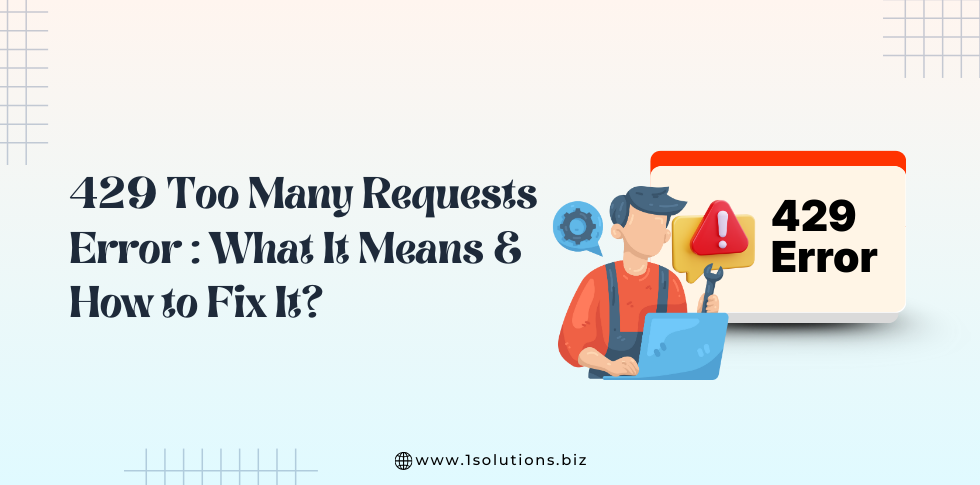
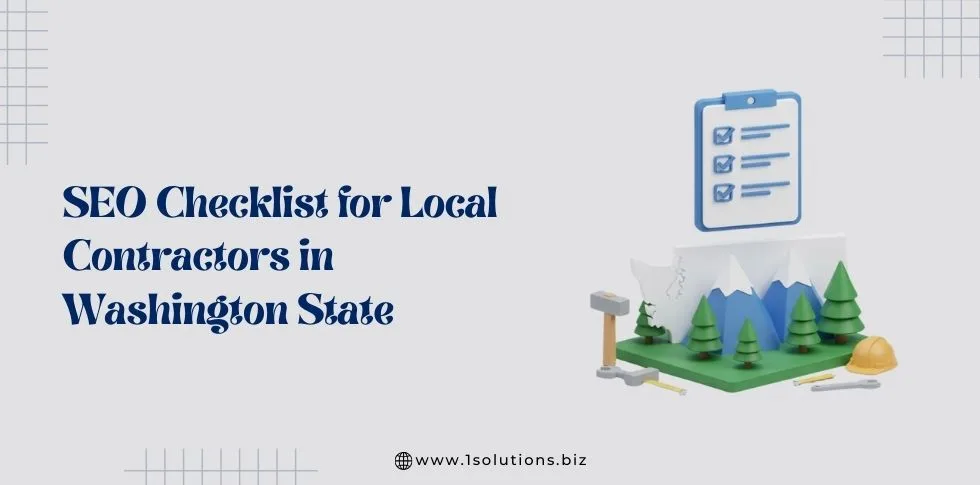
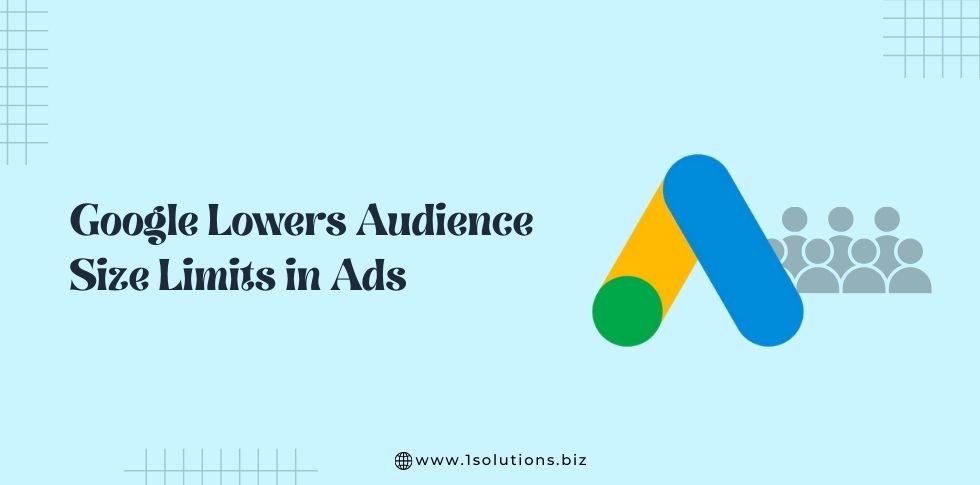

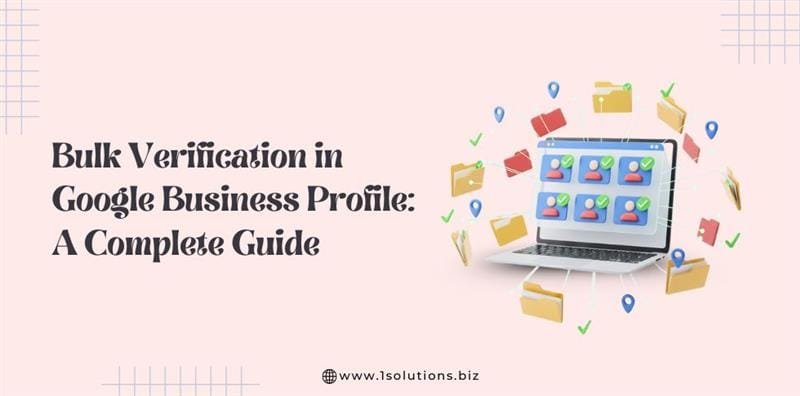
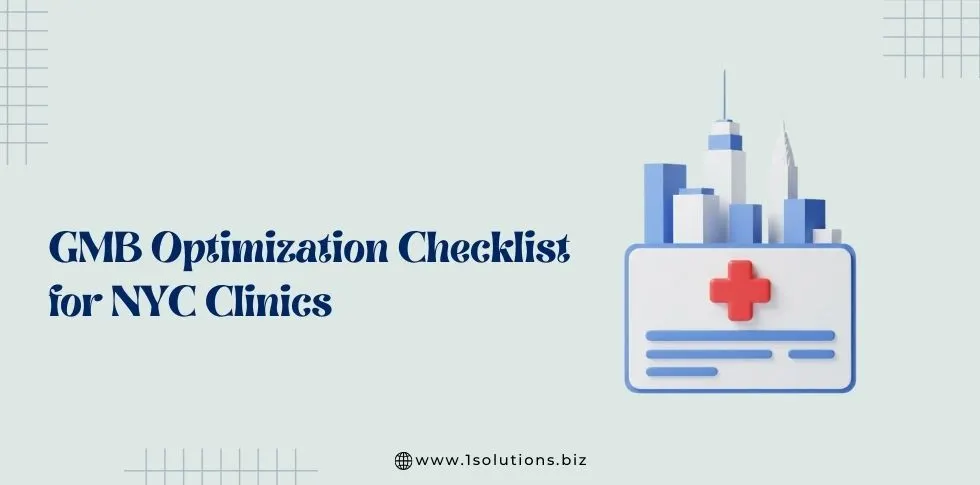
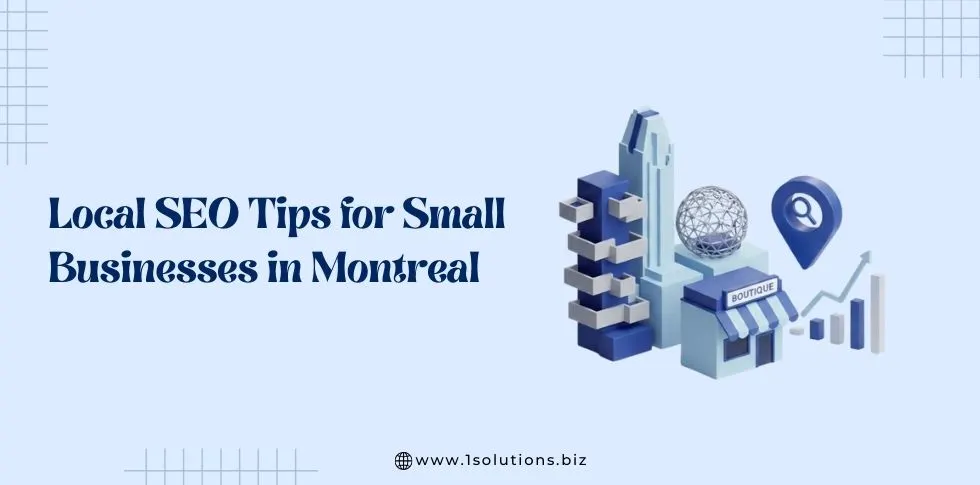
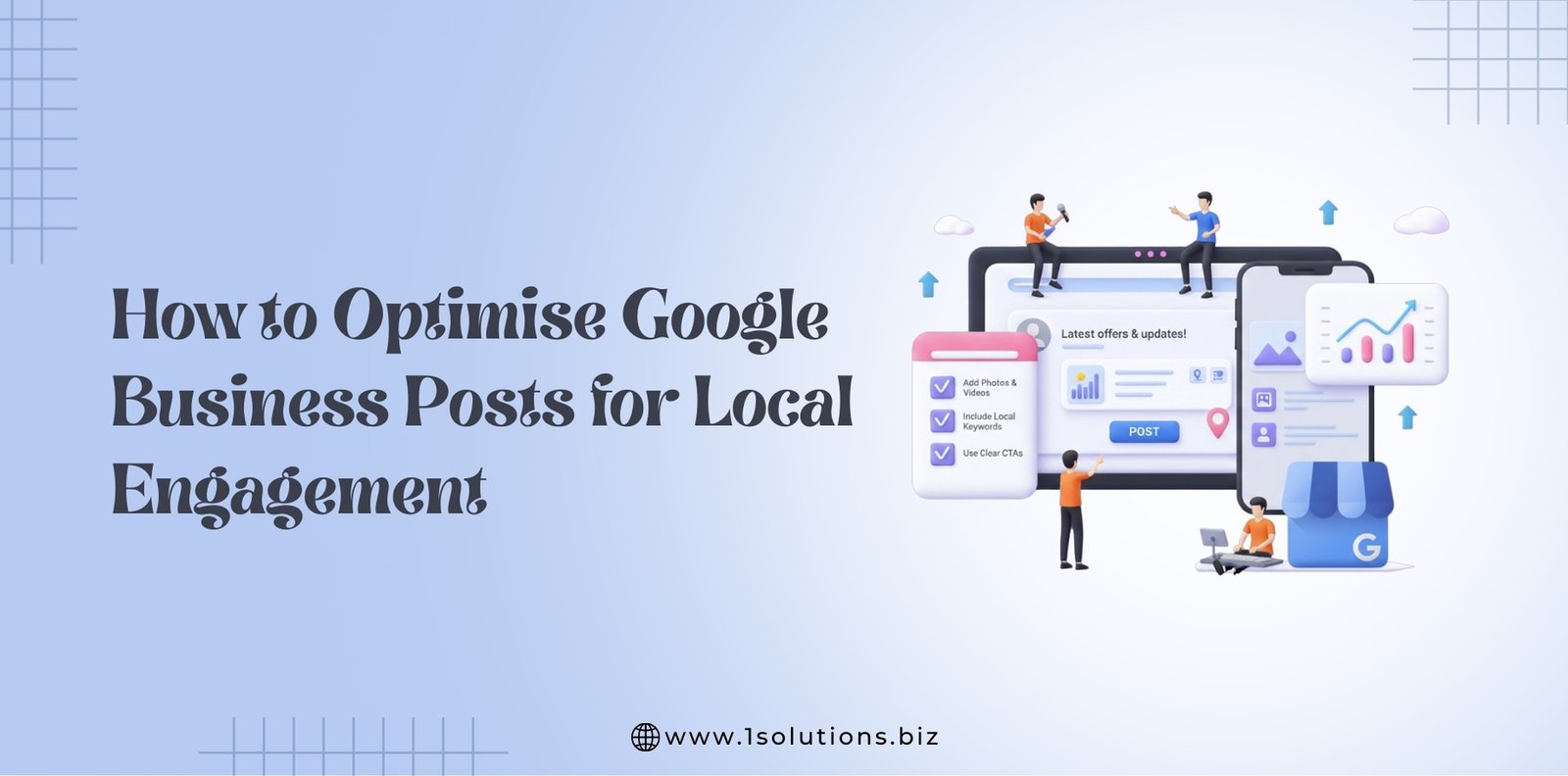




 in India
in India